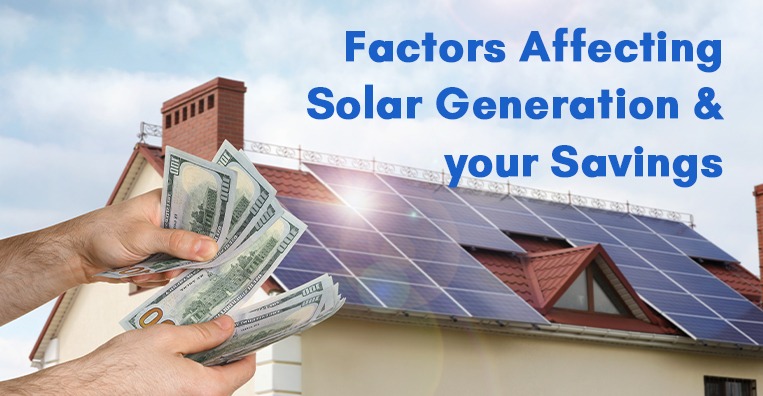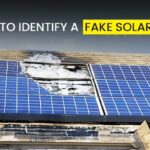Over the past few years, solar panel power generation efficiency has grown tremendously and adopting solar has become a very profitable investment.
But the actual power generation and savings from your solar system depend on many factors, all of which one needs to consider while analysing the claims regarding the system’s efficiency, savings, and long-term benefits. A lot of individuals don’t know what influences the output of a solar power system.
At IB Solar, we always strive to educate our customers and help them make a truly informed decision when it comes to installing a solar system. Let’s delve into detail about the major factors that drive and affect solar energy output today. By being aware of these aspects, you will be able to make better purchasing judgments.
Weather condition
Many of us mistakenly believe that higher temperatures equate to better solar panel performance, but this is simply not true. High temperatures cause a drop in voltage and a reduction in overall power because solar cells have negative temperature coefficient. Even though solar panels are kept at a constant temperature of 25° C, the actual outdoor temperature can be much higher or lower than that.
Consequently, if the temperature goes above 25 °C, the output of 0.4-0.5% for crystalline cells, respectively. Summer days can frequently reach higher temperatures, which means that solar panels will produce up to 25% less power than they would at lower temperatures.
There are other points to consider as well. Solar panels remain exposed to wind and lightning for a lengthy time, causing the solar cell to suffer. The photoelectric conversion efficiency of solar panels can be affected by a variety of environmental elements, including light, wind, temperature, and others. Some of these factors may even harm the solar panels’ functions and structures. When designing a solar power system, it is essential to gather all of the relevant meteorological and environmental data.
Shading
The solar system’s ability to generate electricity will be reduced if the solar panel is covered by full or partial shading. The shading of the building to the solar panels and the self-shading between solar panels must be taken into account while determining the spacing of the solar panel arrays.
The current flow in a solar power system is influenced by the shading of solar cells since the cells in a solar panel are wired in series. All other panels will be affected by the partial shade of one panel if that panel is wired in series (as in a string). If possible, avoid installing solar panels in shaded area to mitigate this problem.
Location
The amount of annual sunshine varies from place to place. In developing a cost-effective solar array for your use, determining the amount of solar radiation received at your site’s location can be determined by the data of latitude, longitude, time and local weather.
Your solar panel’s output will fluctuate seasonally, so remember to include it in annual production.
Roof orientation
The solar panels’ inclination should be actively modified in response to seasonal, latitude/longitude, and daylight-saving-time shifts. It must face the sun in the proper direction if you want to get the most out of your solar panels. Positioning your solar panels on a roof facing true south, and at a tilt angle as per requirement , will yield the best results in terms of energy production and savings. Solar panels produce the most electricity when placed exactly perpendicular to the sun: in many cases this angle equals the latitude at which you live.
Panel’s cleanliness
Photoelectric power conversion is directly related to the cleanliness of solar panel surfaces. Rainfall, snow, dust, and sandstorms, to name a few environmental conditions, can reduce the effectiveness of solar modules, thus they should be cleaned regularly.
It depends on the location of solar plant and the type of dust which is accumulated on the modules. Accumulation of dust particles on solar PV systems blocks the sunlight and hence reduces its power to a large extent. Dust from different fields such as constructional sites, agricultural land and industrial areas will affect solar systems. It is best to clean the solar panels once every two weeks, however the frequency of cleaning depend on many factors.
Considering all these factors, we must bear in mind that even the most efficient solar panels can be adversely affected by environmental conditions, even with an adequate design, if the aforementioned considerations are not addressed. Saving money on your utility bills is one of the primary reasons you’ve chosen to go solar. Hence, we at IB Solar, help you address all these factors in the right manner and optimise the output of your solar system.







Leave a Reply